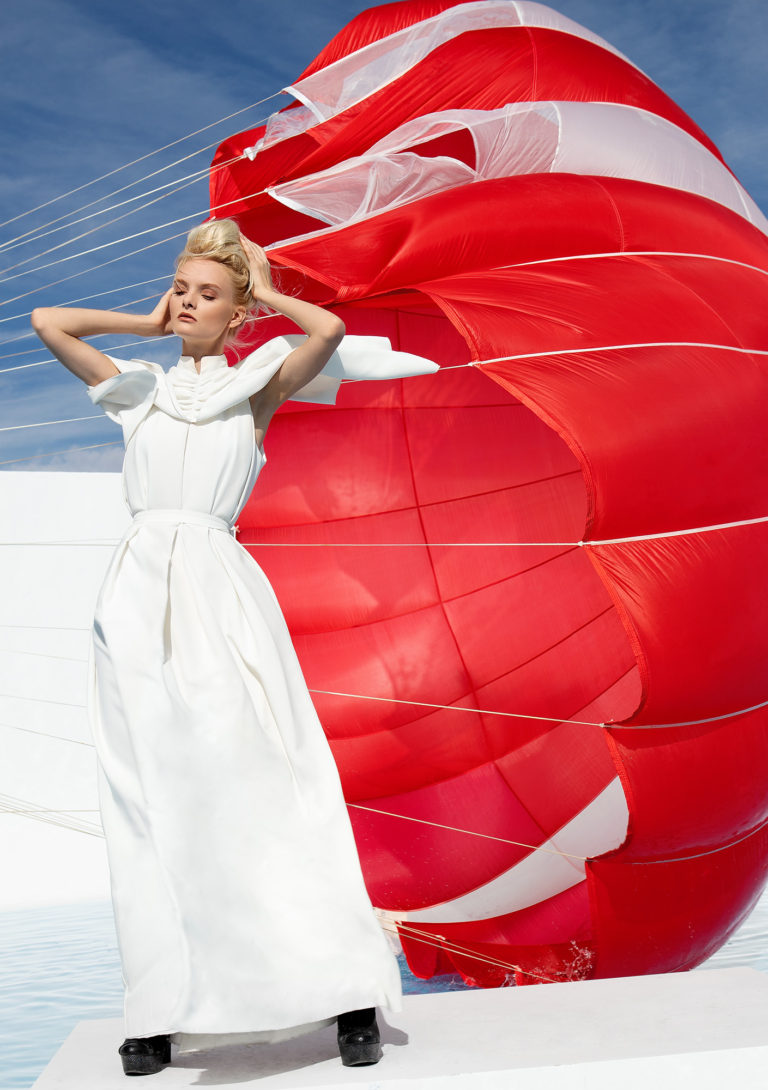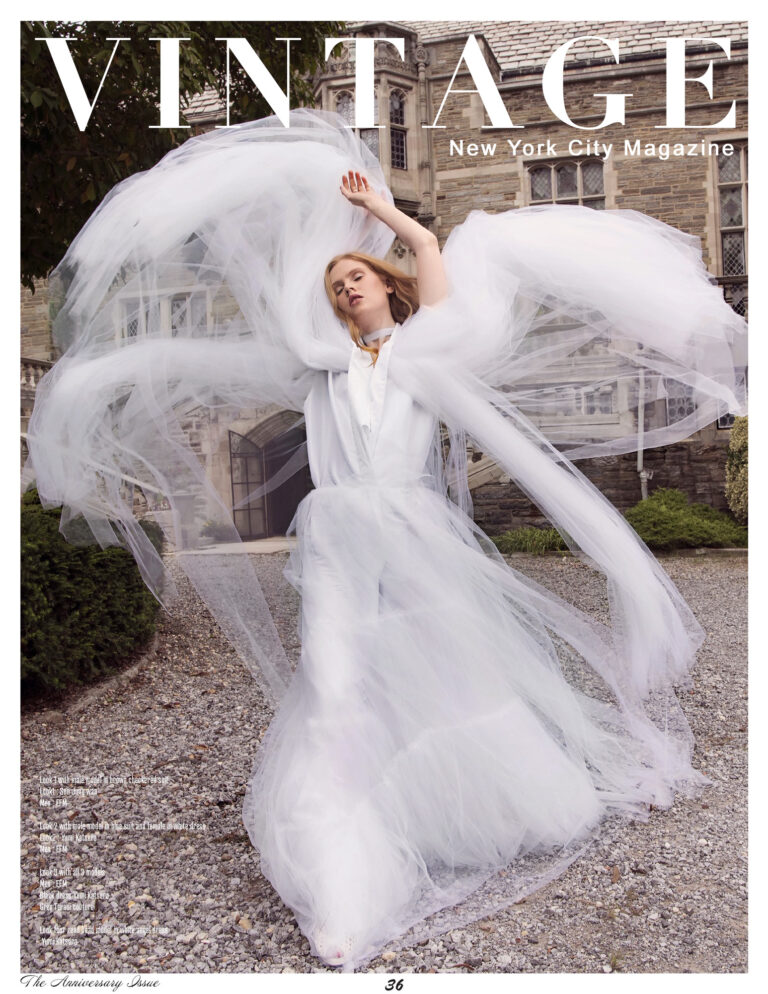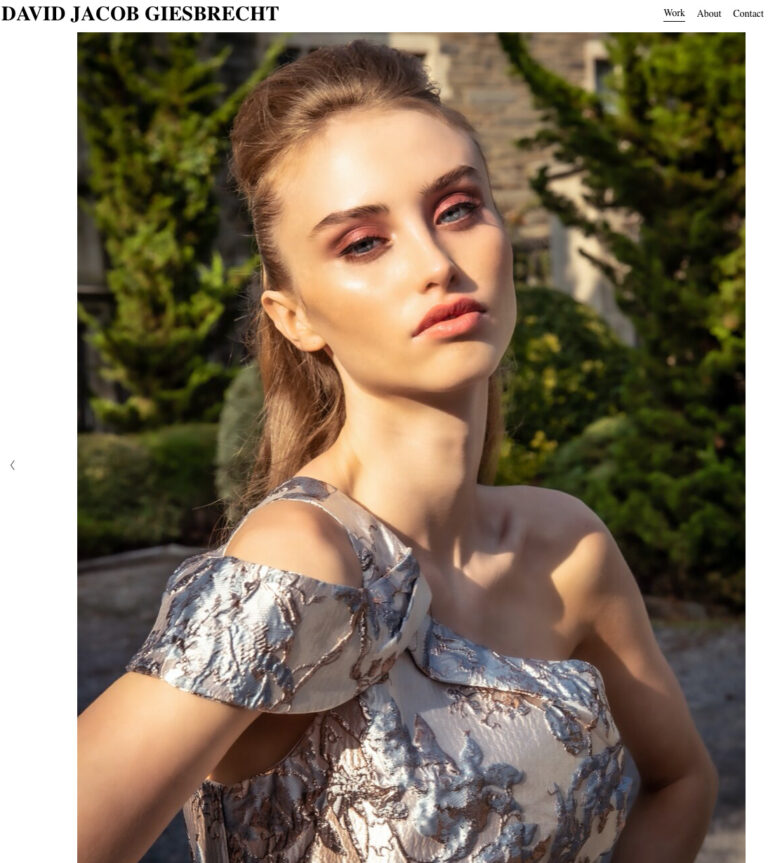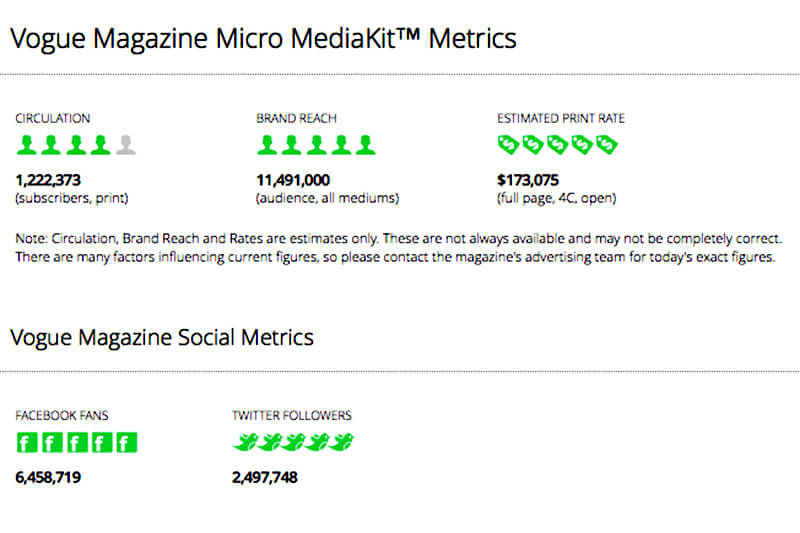Like all entrepreneurs, photographers struggle with getting the pricing of their photography services right. With so many photography services one can offer to clients, it is even more complex to arrive at a photography pricing model that is suitable for specialties such as portrait, commercial, wedding or editorial photography prices. It can be a challenge for beginner photographers to figure out how much to charge for photography. If you under-price, you may end up leaving money on the table or worse still, come off as a low-quality provider. Over-pricing might lead to loss of business as clients review many photographers and choose based on photographer prices, especially when it comes to consumer photography with portraits and weddings.
As with any industry, there are standard professional photography prices that have been prevalent. But with the advent of digital photography, new software, and social media, the business of photography is rapidly transforming. Photography services which were earlier a preserve of professional photographers are now readily available at much lower prices from these amateur or hobbyist photographers, such as the uncle with a Canon 5D Mark IV that wants to take their niece’s wedding pictures. This has driven the price of photography services down and professional photographers need to re-evaluate how to price their photography services by adding a lot more value and top notch quality.
As a professional photographer, you must offer services that stand out and charge prices that justify your work – based on your knowledge and your talent.
As a professional photographer, you’ll want to set your professional photography prices to best represent your brand, your specialty, knowledge, experience, and many other factors. When you are starting out, a cost-plus-profit model can be a good starting point. As you grow and establish yourself, you can start charging premium pricing for photography services to reflect your increased market value and talent.
Factors to Consider When Developing Your Photography Pricing Model:

A lot of different factors influence how much do photographers make. Some of these include the type of work performed, the number of sessions required or even the number of prints and touchups. There are multiple ways to figure out how much to charge for photography based on the output that you are delivering to the client. However, make sure that you factor in your base costs and expenses and make sure that your photography pricing plan is profitable, all things considered.
The basic premise of figuring our your photography pricing is:Cost of running your photography business + Cost of goods +Cost of your time and labor + Profit + Taxes = Pricing
Cost of running your photography business:
Figure out all your input costs. Before answering the question – How much to charge for photography services; make sure you have put together a cost blueprint. From fixed expenses to variable costs – document everything.
The cost of running your photography business will include:
- Equipment costs – Cameras, lenses, lighting equipment, computers, hard drives to store images. Be sure to factor in wear and tear and repair/replacement costs.
- Office/studio costs -You need a place to work and depending on where you are based, it can add up to be a big cost. Even if you are working from your home, assign a rental cost to that space and make sure that your business earns and pays for that.
- Marketing costs -You need to exhibit your work, network with clients, take part in photography contests, advertise, create a world class portfolio & website and undertake digital marketing activities – these costs add up and are essential to growing your businesses.
- Production team costs – Second shooters, videographers, assistants, digital techs, hair stylists, makeup artists, models, etc.
- Staff costs – Studio Managers, Assistants, business managers, retouchers, web designers, accountants, etc
- Cost of professional services – subscriptions, hosting, website, internet, phone, consulting, portfolio reviews, etc
- Education – Photographic workshops, seminars, online learning etc.
Calculate Your Cost-of-Goods-Sold (COGS)
COGS is the total cost of production of a good or service which includes its labor and material cost as well. If you are providing your client with an 8×10 print, the COGS isn’t only the cost of the print itself. The cost should also include post-production charges, packaging, and shipping charges.
Make sure that you include all hidden costs associated with the final deliverables that you are selling to your clients. For example, even client proofing, storing and delivering digital files have a cost associated with them. Most wedding and portrait photographers vastly underestimate the total cost of the deliverables and undercharge their customers.
Cost of Your Time and Labor
Remember what Benjamin Franklin said – time is money! Many photographers do not factor in the cost of the time and labor they would invest on an assignment and hence fail to earn adequately. For example, to determine your prices, you would need to factor in the time you would spend in pre-production, in traveling and meeting up with the client, setting up equipment, the actual shoot time and the post-production time. Be realistic and factor in delays and overages that are bound to happen.
Adding Your Profit Margin
Once you have figured out the cost of running your photography business, cost of goods sold and the cost of your time and labor, you need to decide on your profit margins. Your profit margin will decide your take-home income and may differ from project to project.

While assigning a profit margin is highly subjective, these factors should guide you in arriving at the “right figure”:
Review Your Competition
Before finalizing your photography pricing, research photographers working locally in your area especially in your specialty niche (weddings, portraits, commercial). If you have attended a Photography Workshop Series Experience, then we would highly recommend you value yourself at the top of your market as you now have the world class images to back it up. Avoid lowering your prices too much to win business. Underpricing can set your standards low, while over-pricing may deprive you of genuine prospective clients. A good way to go about pricing is to keep a pricing range. This approach gives flexibility to clients and keeps you well within your profit margin as well. For example as a wedding photographer consider setting a structure like this with a range in package prices (Clients usually select a middle package that gives them everything they want, but reasonable in price)
Basic: $5,000
Silver: $7,000
Gold: $10,000
Platinum: $12,000
Evaluate your perceived value
Evaluate and know the quality of your product or service. Many photographers think that experience undoubtedly entitles you to higher prices and beginners should start out at the lower end of the spectrum. Charging too low from the start can decrease the perceived value of your product and service in the market. If your starting out but have a strong fresh portfolio, then go ahead and jump into the higher price points already established in your market. Many “experienced” photographers that have been shooting for 40 years do not have fresh portfolios, while an emerging photographer can catapult themselves to the top of the game with the right portfolio in the 2018 market.
Tip: Never work free of charge, especially for consumer and commercial clients. It is common in the photographic industry for clients to take advantage of photographers and get them to shoot for nothing. This severely hurts the photographic industry as a whole, lowers the value of photographers, and takes advantage of your time, energy and talent while degrading your brand. The only time we recommend shooting for free is when a magazine editorial is involved, as the publicity value of being published is worth its weight in gold.
Work Quality and Professionalism
When setting your photography prices, you should consider the additional benefits that you bring to the table as a well-trained professional, the type of equipment you use, as well as the proper pre and post-production work that you provide. Because of your training, you have the ability to provide needed assurance to your clients – especially when you’ve only got one time to do a perfect job. As a trained photographer, your experience allows you to utilize your one opportunity to capture those once in a lifetime moments. Your skills also allow you to create memories that last a lifetime.
Photographers that use professional equipment such as top-of-the-line industry based cameras, lighting, software, and other tools of the trade usually create a higher perceived value. Photographers who also have studios, an impressive portfolio, and a professional portfolio website, also suggest a commitment to their craft. All of these indicators justify charging a premium pricing for photography.
Tip: A well-made portfolio website that showcases your work professionally is the single biggest contributor to building your market value. Clients will judge you from the quality of your website. Make sure that you regularly update your portfolio website to project that you are doing well professionally and are a committed professional.
Pricing Factors of Copyrights and Usage
While arriving at a price, it is imperative to factor in what are the rights you are handing over to your clients. As a commercial photographer you should consult a photography agent, or contact the Photography Workshop Series directly to get a free usage rights estimate you should use to charge your clients. For commercial photography the usage is solely based on the media buy, meaning how much the client is spending on placing the imagery. As a general rule, we try for a 10% of media buy as usage for the photographer. If your images are going to be used in print ads in 5 magazines, a billboard, web usage and printed posters in a store with an overall media buy of $500,000, then the usage fee for the photographer is $50,000. This usage fee is on top of your photographic creative fee which would be in the range of $10,000 to $20,000 plus all production expenses. As a wedding or portrait photographer, you may choose to charge more if your client wants the full digital files so that they can print their own canvas prints and albums, while you miss out on huge profit margins in printing.
Determining the Scope of Work Prior to Quoting a Price
It’s important for photographers to have contract agreements in place that includes a scope of work section. This allows you to determine all aspects of the services that need to be provided and calculate the associated cost and expenses before determining the price. For example, a client may prefer hard copies or a photo book as their finished product, whereas others may be happy with a digital version. None-the-less, there is some direct cost involved that should be factored into the total price that photographers should pass along to their clients. Otherwise, they will be paying for those items out of their pockets, which will eat into their profits. Having a contract in place allows photographers to factor in all costs and expenses prior to preparing and sending out photography price quotes and before performing the work.

Well-structured pricing practices for photographers are key to success for a photography business. We hope that the insights in this guide have helped you figure out your pricing model based on these considerations:
- What’s your business model
- What are your reasons for pricing the way you do?
- What’s your perceived value that you are projecting?
- What are the add-ons that you are offering to increase revenue?
- What are your competitors charging?
- Are you going to charge based on images or charge based on your time?
Here are some of the approaches you can take to build your pricing model:
Rates Based on Use of Images
Image-based rates work well for photography of products, interiors, food, architecture or corporate portraits. Premium image based rates are the perfect pricing model when clients are expecting extremely high caliber work reflected in a few images of their subject. It’s also pretty standard to charge a premium image based rate based on the use of your work. For example, if you take a photograph to be used on a website or in a local newspaper, it’s not as commanding as it would be if it was taken for a television ad, a billboard or a national campaign. Premium prices are charged for images that will be used in more prominent campaigns.
Check out this image rate calculator by Association of Photographers.
Also, see this rights-managed image pricing calculator by Getty Images.
Hourly or Flat Rates
You can charge an hourly or flat rate for event photography such as weddings, corporate events, college/school events etc, where you are investing a lot of time shooting the event. Make sure that you factor in costs associated with traveling and meeting the clients, pre-production, the shoot itself, post-production and cost of creating the deliverables like prints, frames etc.
The down side to this hourly rate model is that clients tend to pack in as much as they possibly can into a very short time frame which degrades the experience for both the photographer and the client. We highly recommend charging a set package rate with clearly identified deliverables.
Portrait Photographers often have flat portrait photography session prices as well. These often consist of various packages that are priced based on volume – the number of images that are included in the package and retouches. Photography session prices may also include alternative themes and backdrops, prints or digital downloads, editing, touch-ups and other services.

Advertising Photographers – Top professional photographers shooting for brands and ad agencies, charge $5,000 to $20,000 per day plus usage and production expenses. This elite group of photographers command top dollar for their work and shoot ad campaigns that range from $30,000 to $500,000 per photoshoot. The most lucrative is lifestyle advertising photography, automotive, pharmaceutical, and insurance, technology and financial. They cover areas such as sports, fashion, entertainment, beverages, food, etc. The Photography Workshop Series specializes in training photographers in the field of high paying advertising photography.
Rates Based Areas of Specialty
Some professional photography prices are based on the areas of specialty. When a photographer focuses on a specific area, they increase their expertise and thus the value of their work increases. This drives the rates higher than non-specialized photographers.
Some examples of photography specialty areas are:
Portrait Photography – Photographers that specialize in senior portraits usually charge rates on the lower – midrange, but they could potentially have steady work during a specific season and more steady commercial clients. Portrait photography pricing usually varies between $500 – $3,000 for each package.
Wedding Photography – Wedding photographers perform seasonal work and take up high-pressure photography assignments. They only have one opportunity to capture the moment and take images that create lasting memories. Wedding photography prices should range from $5,000 – $12,000. Again, as with anything else, wedding photography packages can vary based your location, portfolio and nature of the wedding. Some top-shot photographers can charge more than $15,000 to $20,000 for covering destination weddings.

Website Photography – Photographers that specialize in creating images for local websites charge $50-$200 per image. They usually provide work for small businesses in the local area. Many photographers consider the traffic your website is getting before quoting a price.
Product Photography – Product photographers focus on images for smaller products that are used online or offline for independent websites or for sites such as Walmart, Amazon, eBay or major department stores. However, larger ticket items such as automobiles, boats or planes may be used for magazines or in major campaigns. The product photography pricing starts from $50-$500 per image but varies based on the nature of product and usage of images.
No matter which pricing model you use to calculate your photography pricing, make sure that you have factored in all the variables that we had discussed above.
If you are a full-time photographer, you will need to price your services so that you can make a living from your photography business. You also need to consider that you may not be occupied full-time, all the time.
Do keep in mind the industry price fluctuations, any seasonal factors that might affect your pricing and rework your pricing plans. Eventually, having photography pricing plans can only take you so far. A sound approach to photography pricing would also entail ‘going with the flow’ and being dynamic in your pricing your photography services at all times.
Hopefully, this step-by-step guide on how much to charge for photography would have given you a structure to determine your photography pricing. Just to sum things up, start by identifying all costs, consider the factors that influence the pricing and make sure you add an adequate profit margin to arrive at your photography prices. The ultimate goal of this photography pricing guide is to ensure that you’re running a successful photography business and making a profit.
Wishing you the best of luck!














